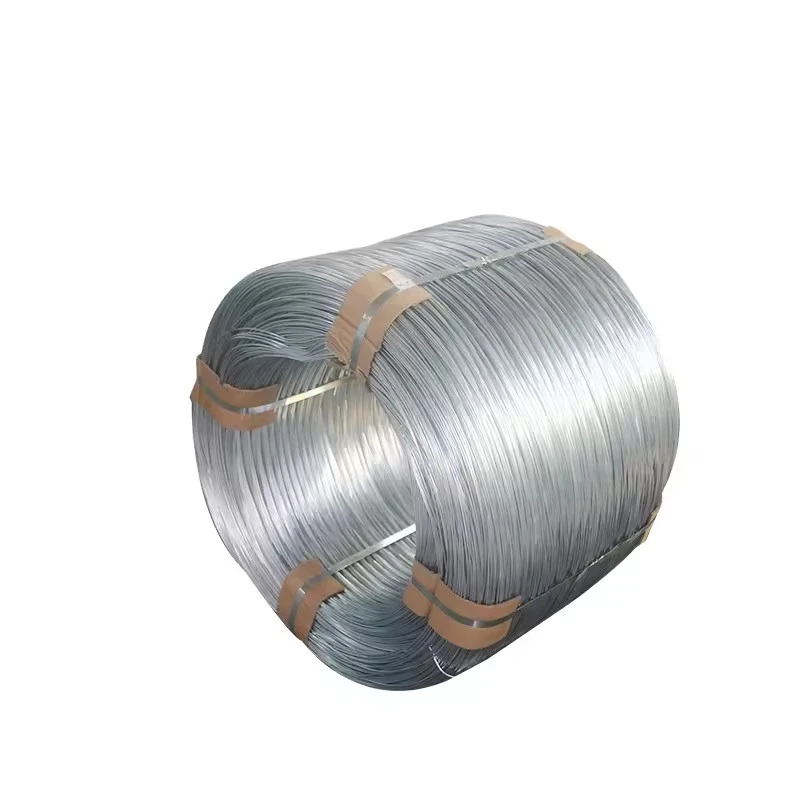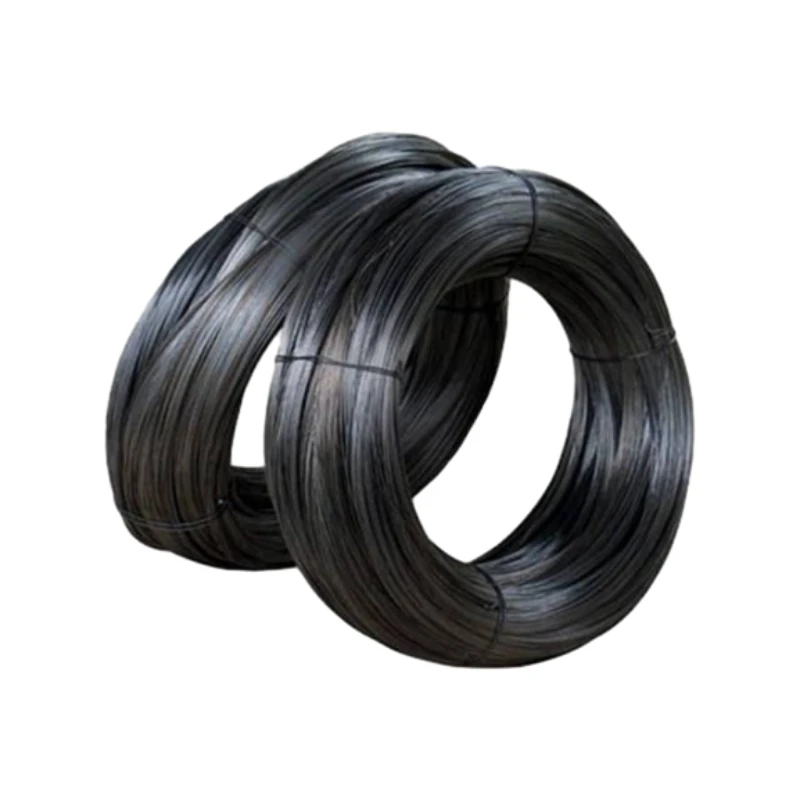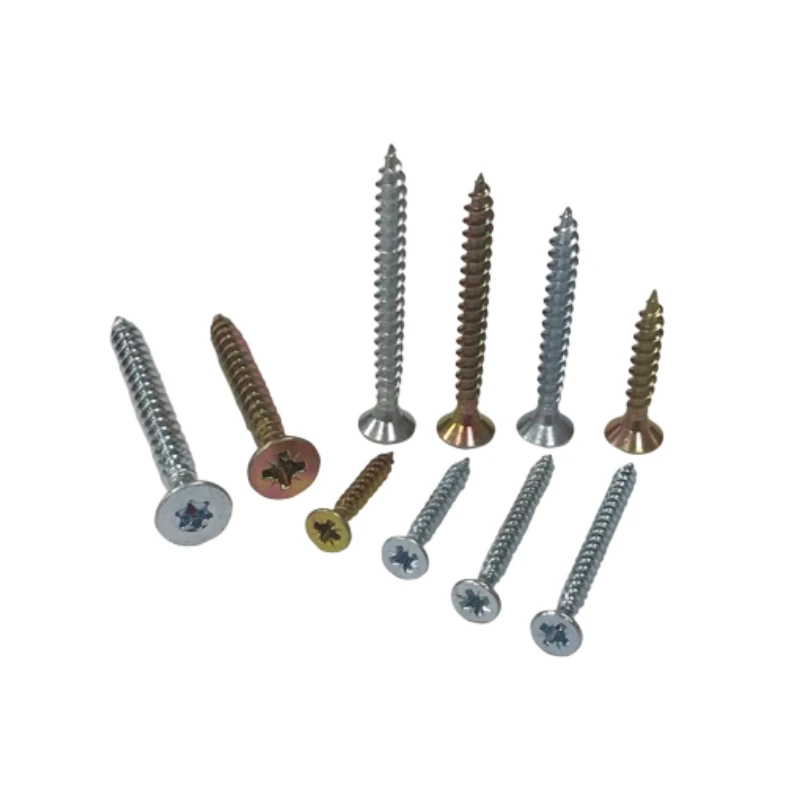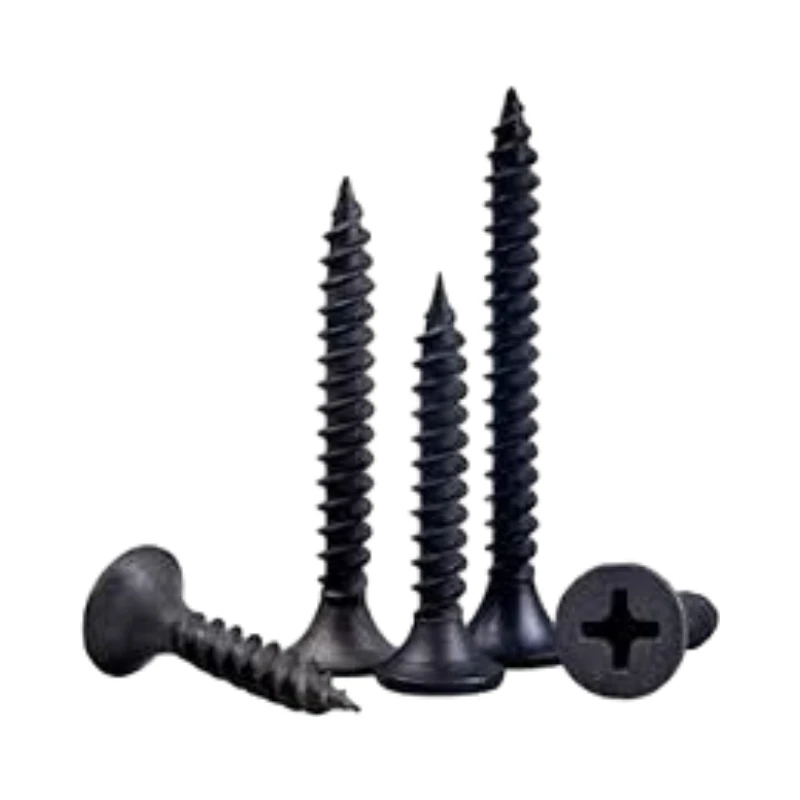
Talk With Us
+86-13601661296
Email Address
admin@sxjbradnail.comThe Practical Guide to Brads for Trim in Industrial Use
Brads for Trim: Essential Fasteners in Industrial Applications
Having spent a good chunk of my career working with finish carpenters and industrial equipment specialists, I can say brads for trim come up in conversation a lot. They’re deceptively simple yet crucial fasteners that hold everything from delicate mouldings to heavy-duty panels in place. Frankly, if you’re in the business of clean, professional industrial finishing, understanding the nuances of these small nails is a game changer.
Why Brads for Trim Matter More Than You Think
At a glance, brads seem basic: small, thin nails designed to avoid splitting thin wood or delicate trim pieces. But in real terms, their design—length, gauge, and material—can make or break your project. Many industrial engineers I've worked with stress the importance of choosing the right brads, especially when working with composite materials or painted surfaces.
One thing I always mention is the difference between a standard brad and a finish nail might seem trivial until you pull one out after a job. A properly used brad leaves a near-invisible hole, no splitting, and better holding power over time. Oddly enough, that small detail reduces callbacks significantly.
Typical Specifications of Brads for Trim
| Specification | Details |
|---|---|
| Length | 5/8” to 1 1/2” (typical) |
| Gauge | 18 to 23 gauge (thinner means less wood splitting) |
| Material | Steel, stainless steel, or galvanized for corrosion resistance |
| Head Type | Small head or pin head (less visible, better finish) |
| Coating | Smooth, coated, or electro-galvanized for grip and rust prevention |
In my experience, the choice of gauge and coating changes based on environment. If you’re installing trim indoors on finished wood, thinner steel with no coating works fine. But outdoors or humid environments? Stainless steel or galvanized brads are non-negotiable.
Looking at Different Manufacturers of Brads for Trim
Over the years, I've tested and compared multiple brands, including some that are now industry mainstays and a few boutique players. Here, I collate the key info to save engineers and purchasers some head-scratching:
| Vendor | Material Options | Gauge Range | Special Features | Price Point |
|---|---|---|---|---|
| SXJ Staple | Steel, galvanized, stainless | 18-23 gauge | Custom length options, corrosion resistance | Mid-range, value for quality |
| Brand B | Steel, stainless only | 20-22 gauge | Smooth coating, eco-friendly packaging | Premium pricing |
| Vendor C | Galvanized only | 18-20 gauge | Bulk packaging options | Economical |
A Quick Customer Insight Worth Sharing
I recall working with a trim specialist firm that switched entirely to SXJ Staple brads after dealing with inconsistent grip and corrosion issues on site. They told me the difference was night and day: no more rust streaks on white mouldings and fewer splits in thin oak trims. This meant fewer touch-ups and happier clients—a win-win if you ask me.
That kind of feedback is why I still find brads so interesting after all these years. Little parts, big impact.
Final Thoughts on Brads for Trim
If you’re specifying or ordering brads for your next industrial finish project, don’t just grab whatever’s cheapest off the shelf. Think about length, gauge, material, and coating based on your environment. And if you want a recommendation? Take a peek at companies like SXJ Staple—they're a reliable bridge between quality and value.
With brads, it’s all about those details. And those details matter.
Sources & Musings:
1. Field notes from industrial trim installations, various projects (2015-2023).
2. Vendor specification datasheets and quality reports.
3. Direct feedback from finish carpenters and contractors.
-
Essential Guide to Steel Brad Fasteners: Uses, Specs & TrendsNewsNov.20,2025
-
Durable and Reliable SS Brad Nails for Every ApplicationNewsNov.20,2025
-
Masonry Brad Nails: Durable Fastening Solutions for Modern ConstructionNewsNov.19,2025
-
Hot Dipped Galvanized Brad Nails – Ultimate Guide for Durable Construction FastenersNewsNov.19,2025
-
Durable and Cost-Efficient Galvanized Brads: Your Essential Fastening SolutionNewsNov.18,2025
-
Galvanized Brad Nails for Treated Lumber — Durable Fastening Solutions for Lasting BuildsNewsNov.18,2025









